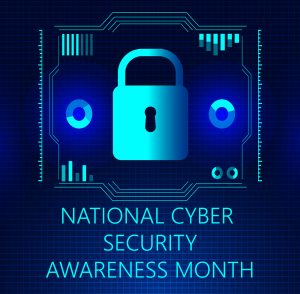 Remote work, necessitated by the pandemic, accelerated many agencies' move to cloud computing. With remote and dispersed teams here to stay, cloud is a critical, if not primary, infrastructure for a number of organizations. With this wide reliance on cloud, the Cybersecurity and Infrastructure Security Agency (CISA) has been releasing Trusted Internet Connections 3.0 Use Cases, which give federal agencies guidance on applying network and multi-boundary security for remote users.
Remote work, necessitated by the pandemic, accelerated many agencies' move to cloud computing. With remote and dispersed teams here to stay, cloud is a critical, if not primary, infrastructure for a number of organizations. With this wide reliance on cloud, the Cybersecurity and Infrastructure Security Agency (CISA) has been releasing Trusted Internet Connections 3.0 Use Cases, which give federal agencies guidance on applying network and multi-boundary security for remote users.
Similarly, the Defense Information Systems Agency (DISA) recently combined its Cloud Computing Program Office (CCPO) with its services directorate and ecosystem. This move, creating the Hosting and Compute Center (HaCC), recognizes the long-term reality of cloud and the role it plays in delivering services and powering everyday work for the agency. The HaCC will be "responsible for providing the warfighter with critical hosting and compute functions using modern data center and cloud capabilities." This functionality supports a number of Defense Department initiatives including Joint All Domain Command and Control. Continue reading

 Each October, the
Each October, the  Recent security breaches via software have made supply chain security a priority across government. No longer is it enough to build security into a solution; now every product that is part of that solution is being examined for its security and risk. In response, the Biden Administration issued a Cybersecurity Executive Order that aims to provide more control over the content of code that comes in contact with government systems and infrastructure.
Recent security breaches via software have made supply chain security a priority across government. No longer is it enough to build security into a solution; now every product that is part of that solution is being examined for its security and risk. In response, the Biden Administration issued a Cybersecurity Executive Order that aims to provide more control over the content of code that comes in contact with government systems and infrastructure. With so many high-profile hacks this year, it's easy to want to throw up your hands and say, "Is there nothing that can be trusted?!" Interestingly, that lament is what is driving the latest approach to cybersecurity -- zero trust. Zero trust is what it sounds like, a security approach
With so many high-profile hacks this year, it's easy to want to throw up your hands and say, "Is there nothing that can be trusted?!" Interestingly, that lament is what is driving the latest approach to cybersecurity -- zero trust. Zero trust is what it sounds like, a security approach  The last year has brought about incredible change in the federal workforce, and it shows no sign of stopping. With a new Director for the Office of Personnel and Management (OPM)
The last year has brought about incredible change in the federal workforce, and it shows no sign of stopping. With a new Director for the Office of Personnel and Management (OPM) 
